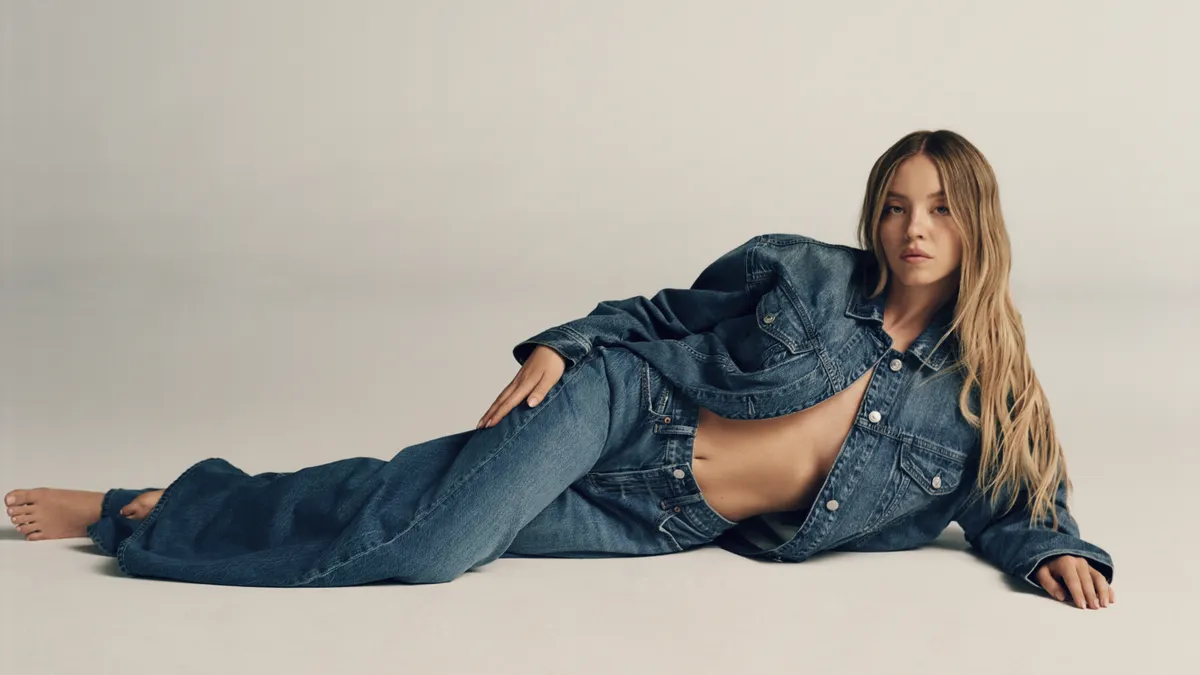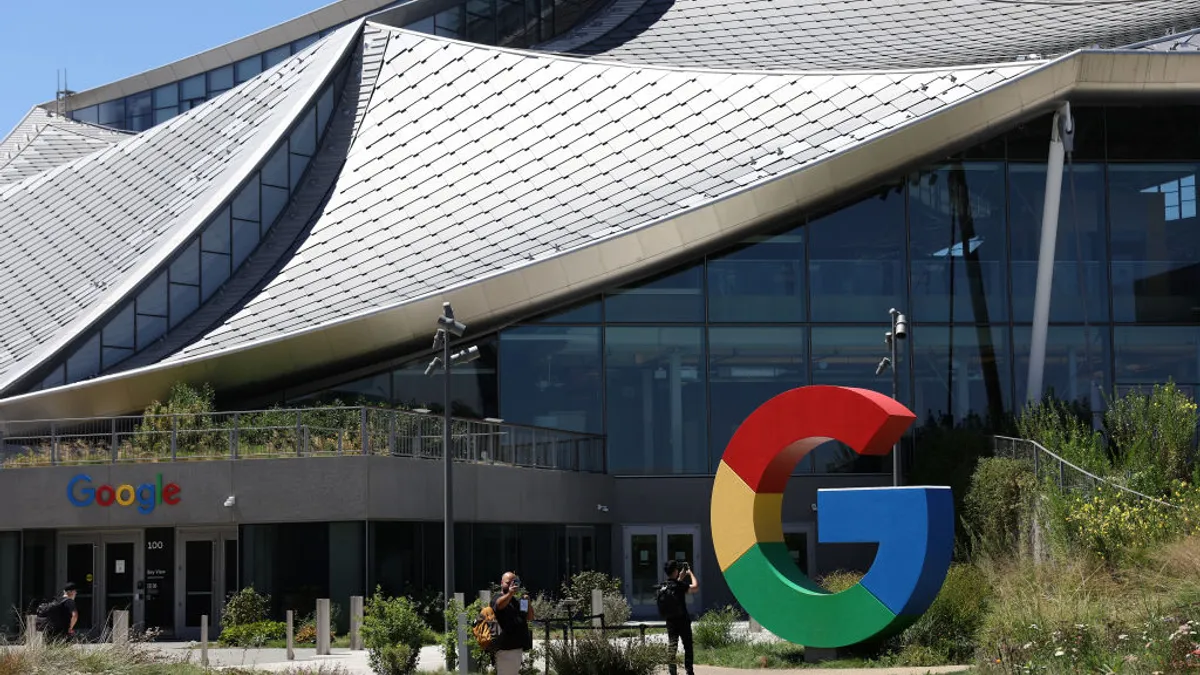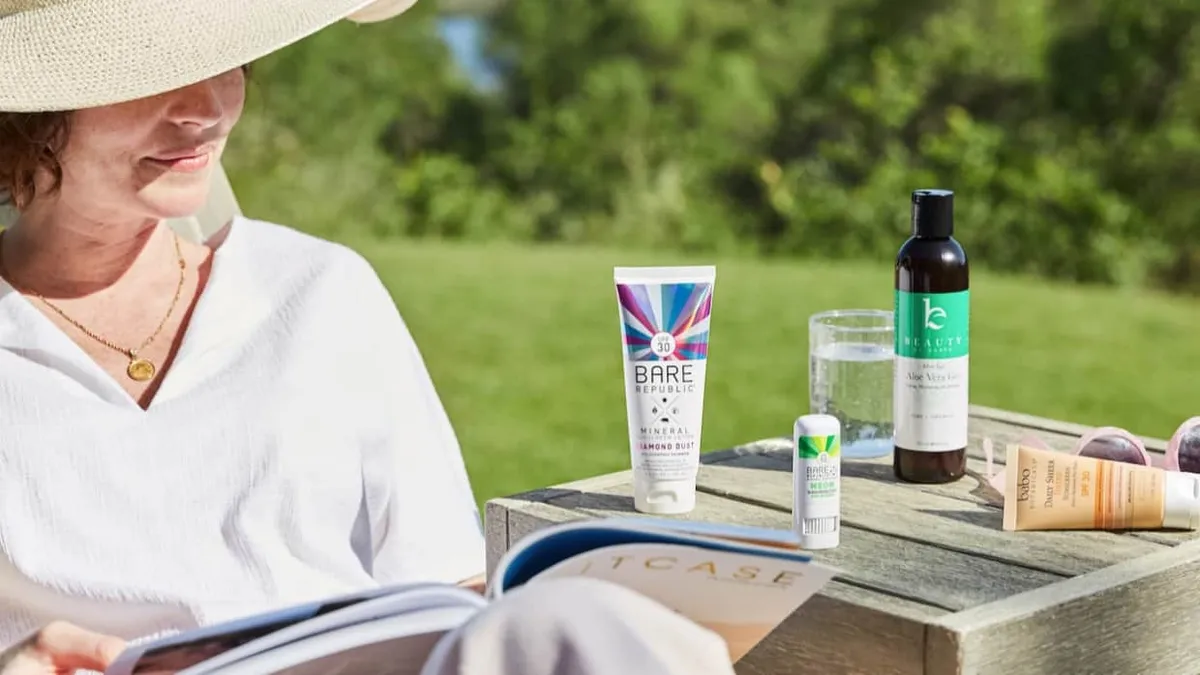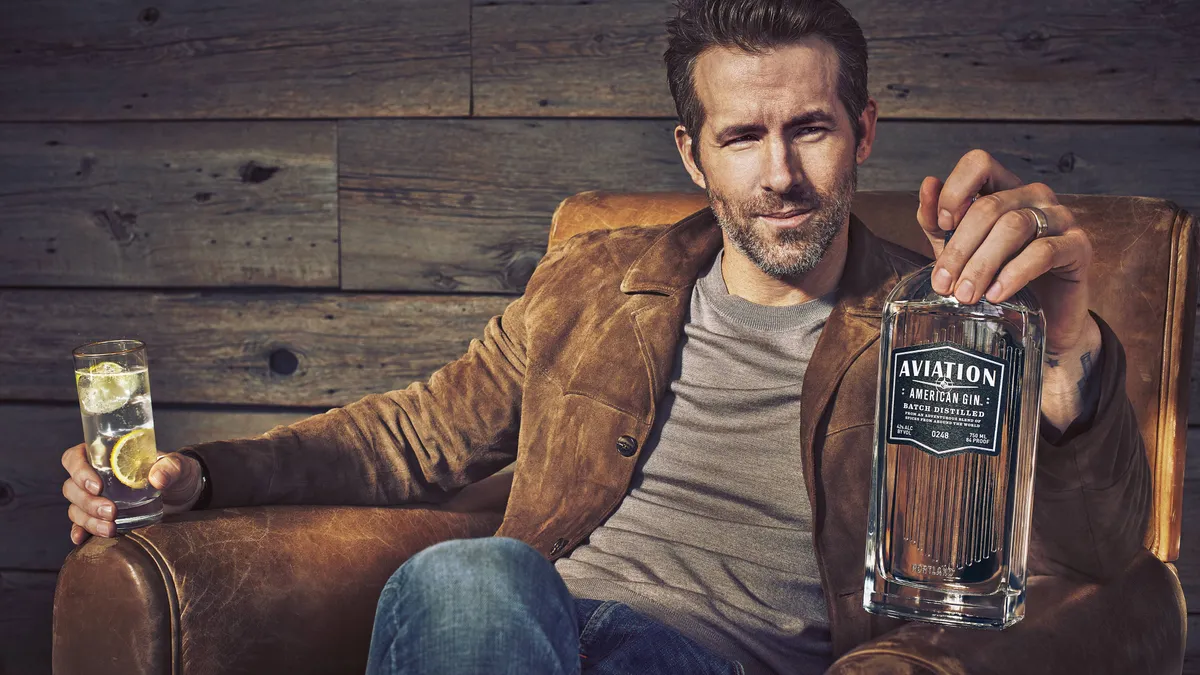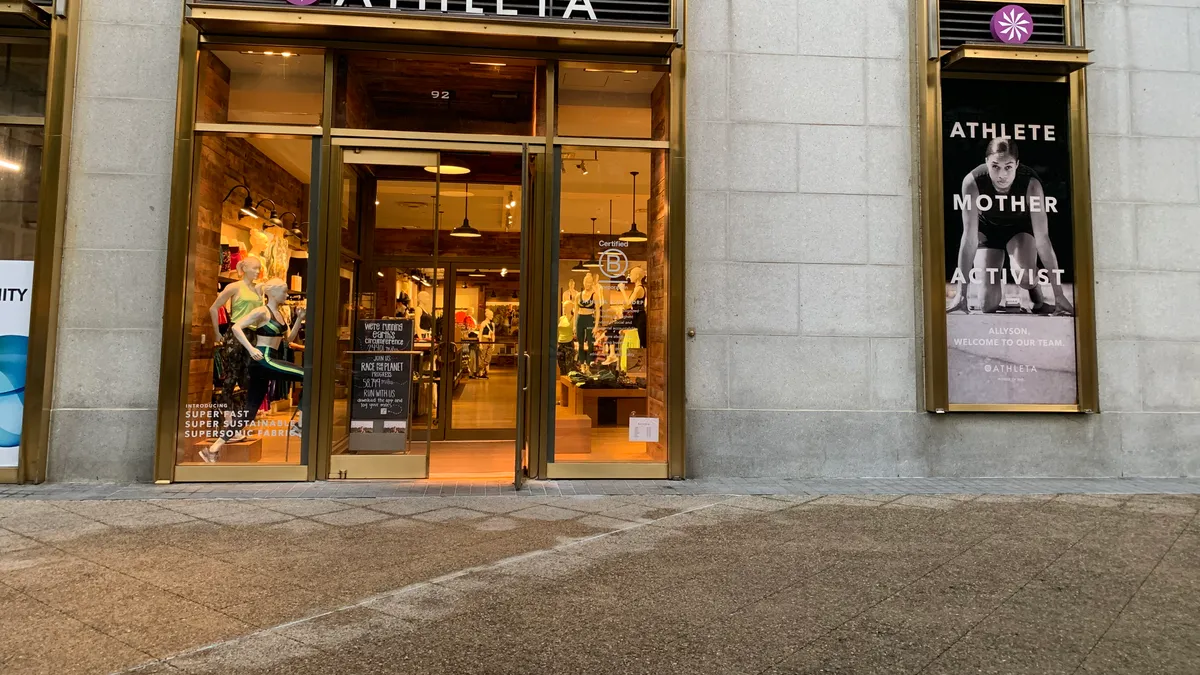Is there anything more American than the Super Bowl? Perhaps not, but the Olympics certainly gives it a run for its money. And as the parties (leaning towards riots) are finally winding down in Philadelphia, marketers are turning their attention from Alexa losing her voice and inspired cries of "Dilly Dilly" to the global stage, which comes with a host of other problems — and opportunities — for retailers and brands alike.
Unlike the Super Bowl, which impacted the grocery and apparel sectors, along with playing host to elaborate marketing campaigns, the Olympics has a much more limited effect on retail. The apparel sector is still impacted, but the unique opportunities that the Olympics offer tend to center around ad campaigns, where marketers have the opportunity to tell longer stories, and take advantage of patriotic emotions and part-time celebrities.
"The apparel category is what gets the bounce. There's not as many viewership or point-in-time social elements as there are in the Super Bowl."

Greg Portell
Lead Partner in the retail practice of A.T. Kearney
"The apparel category is what gets the bounce. There's not as many viewers or point-in-time social elements as there are in the Super Bowl, so you don't have big viewing parties and areas where there's a lot of consumption," Greg Portell, a lead partner in the retail practice of A.T. Kearney, told Retail Dive. "It's more storytelling and wanting to be a part of something that's global or national as opposed to being in a room full of people looking at an event at a point of time."
But playing on a bigger stage means paying bigger costs — and for some companies, the price tag for an ad isn't worth the return on investment, even if you did get Olympic skier Lindsey Vonn to star in it.
Marketing for the long run
One of the most distinctive elements of the Olympics — winter or summer — is how much longer they are than any other sporting event. That, paired with the fact that they only come around every four years (or two if you're counting winter and summer as one unified element), means marketers have a lot more time to play with. According to Portell, the Olympics provides plenty of opportunities for those keen to make an impact.
"[The Olympics] continues to be one of those aspirational areas for marketers. The two weeks actually creates a great pallet of opportunities because marketers can tell stories," Portell told Retail Dive. "You can watch the hockey team go through the playoffs and you see stars emerge. So there is a longitudinal element to the storytelling which you don't get in the Super Bowl."
That's what makes ad campaigns from the likes of Red Bull and P&G successful, Portell said — they're both long-term campaigns telling a story about a single athlete or a single theme. Red Bull's campaign around Lindsey Vonn includes images, videos, tweets, written content and even a career timeline. In other words: "It is immersive content that really links the part-time celebrity with the lifestyle a brand is trying to put together," Portell said. "Those can be incredibly powerful because that's when you're really talking about deepening a connection with the consumer."
For retail marketers, the Olympics could perhaps be most likened to the holiday season — a time of year when storytelling is paramount in convincing younger shoppers why the holidays mean so much more at Macy's than at any other department store. And with a two-week span in which to run ads, marketers have the time (and opportunity) to connect with consumers through long-form storytelling around athletes, like NBC's "Best of U.S." ads that tell stories about Mikaela Shiffrin, Chloe Kim and Nathan Chen, among others.
Yet even with a timeframe that seems relatively long now, the conversation around the Olympics has gotten much shorter over the years, which creates challenges for retailers hoping to turn any kind of profit from the event, according to Daniel Durbin, a clinical professor of communication at the University of Southern California. Whereas in the past, the Summer and Winter Olympics were hosted in the same year, allowing for a more or less year-long campaign, the events are now spaced two years apart, making it difficult to prepare.
"It shows up every four years and in that year the conversation starts a week or two before the Olympics and stops cold two days after," Durbin told Retail Dive. "That's a three-week cycle in which you can assume your retail or retail product is going to maybe have a significant audience."
Capitalizing on patriotism
Just as the Olympics give marketers a unique timeframe to work with, they also offer up a unique set of emotions and consumer sentiment to tap into in the weeks leading up to the games, as well as during the events themselves. In particular, positive, uplifting emotions that speak to nationality, pride and aspiration.
"It's nationalism, it's camaraderie, it's community, because for the most part these marketing campaigns are targeted geographically," Portell said of the most frequently adapted emotions. "The Americans all love to cheer for the Americans, the Brits all love to cheer for the Brits and so you can create that commonality. That's a lot harder to do in say, a Super Bowl ad, where you've got Patriots fans, Eagles fans and Justin Timberlake fans."
"You have such a limited time to sell it, you have such a high cost for the thing itself and the news cycle is going to pass the Winter Olympics up real fast. At that point, you're really running from behind the entire time."

Daniel Durbin
Clinical Professor of Communication at the University of Southern California
There are also ample opportunities to create feel-good stories around Olympic teams or athletes, like Cheeto's playful Teach Me How to Curl spot with the U.S. curling team, which capitalizes on the momentary interest and support for a sport that, let's face it, usually doesn't get a lot of eyes outside of the Winter Olympics.
Dick's Sporting Goods is looking to capitalize on its position as the largest remaining specialty retailer in the category. The retailer released an Olympics-themed "United in Sport" campaign on Feb. 6, promoting "the transcendent power of sport throughout history," and attempting to highlight "moments when humanity is at its best, showcasing the unbreakable power sport has in binding us together," according to a press release emailed to Retail Dive.
Even when it comes to sporting goods retailers, who arguably have the most reason to market during the Olympics and take advantage of these nationalist emotions, Durbin argues that it's tough to see a real return unless you're as big and as powerful as Dick's has become.
"Dick's is really dominating at an empty castle there," Durbin said. "But they are dominating and they're still out there and strong. I mean, Big Five is the only challenge to them. So it makes sense for them to potentially go into that to separate themselves from the last remaining competition they have … but to me, you have such a limited time to sell it, you have such a high cost for the thing itself and the news cycle is going to pass the Winter Olympics up real fast. At that point, you're really running from behind the entire time."
Marketers' appeals to emotion could also change based on performance. For example, if an American athlete wins a gold medal (or, better yet, several gold models), that gives marketers another feel-good story to capitalize on and build upon over the course of the two weeks. That being said, the Olympic message of national unity, pride and patriotism isn't without controversy, especially this year — and that could change the type of emotions marketers choose to appeal to.
"You're talking about nationalism and national pride at a time where it's politically charged to be driving down that road. That's fine, except for the fact that you now have a president that's America-first and there's a lot of backlash, even among the athletes, to that sentiment. So you wonder if that will temper some of the pro-country energy," Portell said, "but at the same time it's a long leap between that and buying a t-shirt that has a logo on it."
The part-time celebrity pitch
Patriotism will only get you so far, though. And retailers have other resources to tap into, namely, the part-time celebrities that are Olympic athletes. Almost everything about the Olympics is part-time: There's part-time interest in Olympic-branded apparel, part-time interest in sports like speed skating and bobsledding, and part-time interest in the accomplishments and back stories of the athletes making it all happen.
One need look no further than NBC's own advertisements for the Olympics to see just how deeply TV networks know that the Olympics — and the athletes involved in them — are influential and inspiring for a short period of time. Look at one of their most recent ads, starring Lindsey Vonn, which plays to the lyrics of "This girl is on fire" by Alicia Keys. That's exactly the point: She's on fire, for right now, but Olympic fires are bound to burn out when the closing ceremonies come around.
"They're feel-good stories for a moment in time and that is a little bit like catching lightning in a bottle," Portell explained. "You think of those one-time moment folks — and a lot of times they're high-profile Olympians — but they're a moment in time."
In some cases, retailers are even helping create those part-time celebrities. According to a Dick's Sporting Goods spokesperson, the company is sending 11 of its store associates to compete in the Olympics as part of their "contenders" program. The retailer sports a whole webpage full of inspiring content about the Olympic hopefuls in an effort to connect, in a big way, to the global event.
That being said, Olympic athletes truly are, on the whole, part-time celebrities, and it's not worthwhile for every retailer or every brand to put the effort into finding and activating a campaign around a specific athlete, especially if it's not certain how popular or successful they'll be in the years to come.
"There are so few retailers who really carry that kind of brand now that it doesn't necessarily make sense."

Daniel Durbin
Clinical Professor of Communication at the University of Southern California
Still, for the most part, a retailer connecting itself to the Olympics brand isn't enough to drive definitive results. For the most part, retailers that could benefit from it are increasingly global, massive retailers. In particular, sporting retailers like Nike, Adidas and Dick's could reap the benefits, but there aren't many other retailers who can get away with the cost, Durbin says.
"Once upon a time, maybe a national retailer like Sears — who literally was the anchor of virtually every indoor mall in the 1970s and 1980s — it might make sense for them to be on the Olympics and to identify the Olympics with what they do … [but] there are so few retailers who really carry that kind of brand now that it doesn't necessarily make sense."
The high costs of playing the game
But for all its various advantages and challenges, the Olympics poses one of the highest obstacles of all to retailers hoping to get involved: the cost to play. And we say that in full awareness of how much the Super Bowl ads cost marketers.
Whereas the Super Bowl is projected to have the second highest in-game ad revenue in history, coming in at $414 million, compared to 2017's $419 million, per Kantar Media, the cost to use the Olympic rings alone is incredibly high. Although in the past, being associated with the Olympics was enough to justify shelling out the money, that might not be the case anymore considering the diminishing Olympic audience.
“She's the darling of the Olympics and she's going to have a lot of marketing put behind her, and she could lose in one-tenth of a second."

Greg Portell
Lead Partner in the retail practice of A.T. Kearney
"There still is to some degree the Olympic halo, but the halo has to be seen by enough people to make it worthwhile so there are some limitations that way," Durbin said. "[Y]ou have all of this diminishing of the uniqueness of the Olympics brand and the Olympics product that challenges the idea that the cost-benefit here is worthwhile."
The costs aren’t just monetary, though. Retailers also risk missing the mark, either with their ad campaigns or — in the case of Ralph Lauren — with Team USA's Olympic uniforms. And it's a pretty big miss for a retailer if they shell out the cash for Team USA-branded merchandise only to see it fall flat. Likewise, if a retailer banks on the wrong athlete, that could throw off their entire campaign.
“Lindsey Vonn — she's the darling of the Olympics and she's going to have a lot of marketing put behind her," Portell said, noting that these partnerships are often based on performance, "and she could lose in one-tenth of a second."




